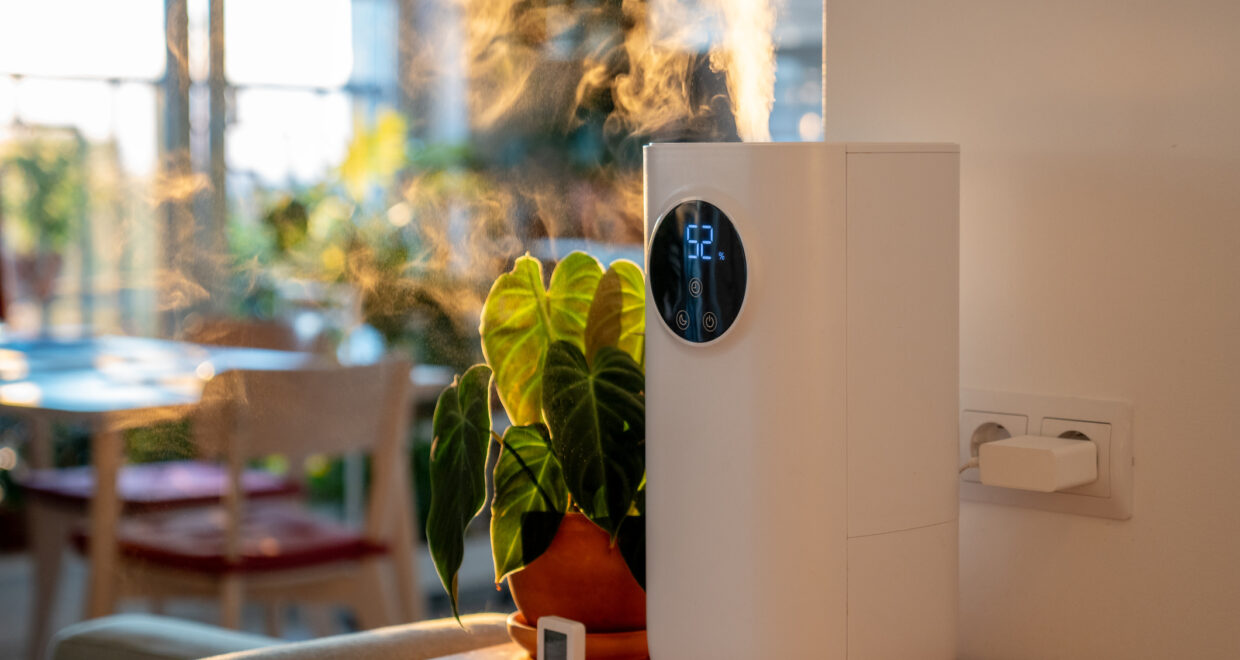Could Indoor Humidity Levels Help Control COVID-19 Spread?
The COVID-19 pandemic has brought the world to a standstill, and researchers have been working tirelessly to discover ways to control the spread of the virus. One of the most important discoveries in this regard has been the impact of environmental factors on the transmission of the virus. While temperature has been the primary focus of research, humidity has also been found to play an important role in the spread of the virus.
A recent study published in QRB Discovery sheds light on the impact of humidity on the infectivity of the SARS-CoV-2 virus, responsible for COVID-19 transmission. The study found that there was a notable decrease in the infection rate as the surrounding air’s relative humidity increased. By investigating humidity levels between 20% and 70%, the researchers identified a threshold of ≥40% relative humidity as most effective in diminishing SARS-CoV-2 infectivity. The study also found that damage of the viral proteins under high relative humidity may be responsible for the decrease in their activity.
Maintaining indoor humidity levels above 40% could potentially reduce the infectivity of the virus. This is particularly relevant in regions with dry climates where indoor heating and air conditioning can significantly reduce humidity levels. Public health officials could recommend the use of humidifiers in indoor spaces to maintain humidity levels above 40%. This could be particularly important in places such as hospitals, nursing homes, and schools, where people spend a lot of time indoors and the risk of transmission is high.
The study’s findings could inform public health policies and guidelines to reduce the transmission of the virus. However, the study has some limitations. For instance, the study was conducted in a controlled environment, and it is unclear how the findings would translate to real-world settings. Moreover, the study only investigated the impact of humidity on the virus’s infectivity and did not explore other factors that could affect the spread of the virus, such as air circulation and ventilation.
In conclusion, the study provides valuable insights into the impact of humidity on the infectivity of the SARS-CoV-2 virus and highlights the importance of considering environmental factors in controlling the spread of COVID-19. The findings of this study could inform public health policies and guidelines to reduce the transmission of the virus. However, more research is needed to understand the complex dynamics of disease transmission and to develop effective strategies to control the spread of the virus.
The article, As air relative humidity increases, infectivity of SARS-CoV-2 decreases within water droplets by, Yu Liu, Lei Cao, Yu Xia, Pan Pan, Lang Rao, Bolei Chen and Richard N. Zare is available open access.






